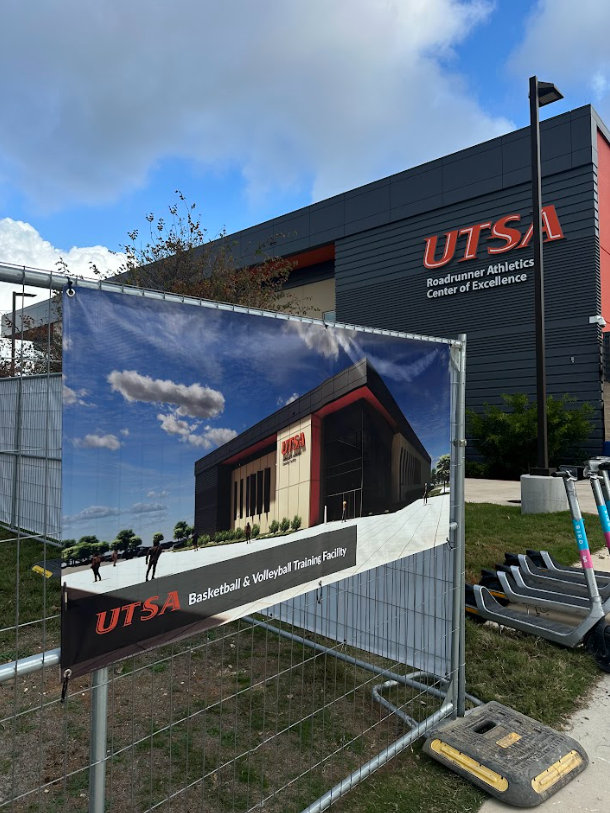Not all recent drug users are addicts, but users between the ages 18 and 25 are more susceptible to addiction than the rest of the population.
According to the 2013 National Survey on Drug Use and Health, twenty one percent of young adults 18 to 25 used an illicit drug within the month prior to being surveyed – almost three times the 7.3 percent rate among those aged 26 or older.
Every September since 1989, various federal commissions and professional organizations, such as the National Board of Certified Counselors (NBCC) and the Substance Abuse and Mental Health Services Administration (SAMHSA), have collaborated to advocate for addiction treatment. In honor of Recovery Month, a panel met at UTSA’s downtown campus on Sept. 15 to discuss addiction treatment.
The theme of the panel was “changing the conversation,” and each panelist offered a different perspective.
Graduate student and recipient of the NBCC’s Minority Fellowship, Stacy Waterman, organized the panel with support from her doctoral cohort, along with the NBCC, SAMHSA and Chi Sigma Iota (an international society for current and future counselors).
“After all these years of trying to educate,” Waterman said, “you’ve still got people suffering and dying on campuses just like this.”
Chad Warner, a licensed chemical dependency counselor and the owner of Creekview Counseling, summarized the theme: “The most important thing that we can do is start talking about addiction. There is just too much bad information out there.”
A common misconception is that addiction is strictly a behavioral issue. Addiction and mental health are inextricably connected in regards to both cause and recovery. The American Medical Association asserts that genetics account for half of the cause and biological and environmental factors determine the extent to which those predispositions actualize.
Modeled after the flagship university’s program, each school in the University of Texas System now has its own Center for Collegiate Recovery (CCR). The CCR’s objective is to offer students in recovery a chance to connect. Assistant Director of UTSA’s CCR, Clayton Sponholtz, encouraged a change in focus from the problem to the solution.
“There are 23 million people living in long-term recovery,” Sponholtz explained, “and it’s unfortunate we don’t hear about that. We hear about the bad cases…the media sensations.”
Two panelists — a University of Texas at Austin graduate who benefitted from the school’s initial foray into collegiate recovery and a UTSA senior who is a recovering alcoholic — shared their personal experiences with university-sponsored recovery programs.
Richard Hamner, Program Administrator at the Center for Health Care Services, stressed patience and adaptability: “Lower your expectations and allow (those in recovery) to determine where they want to go with it.”
While addiction is a complex problem without a universal solution, all of the panelists agree that peer support is integral to the recovery process. For UTSA students seeking an open dialogue about addiction, there is a community committed to promoting awareness and understanding.






